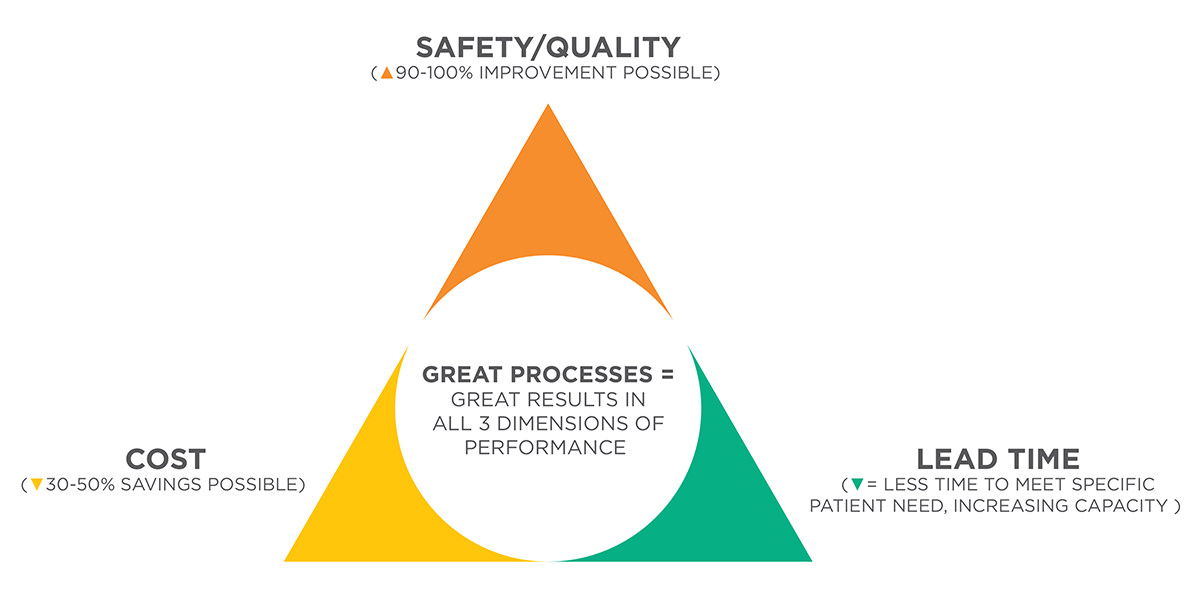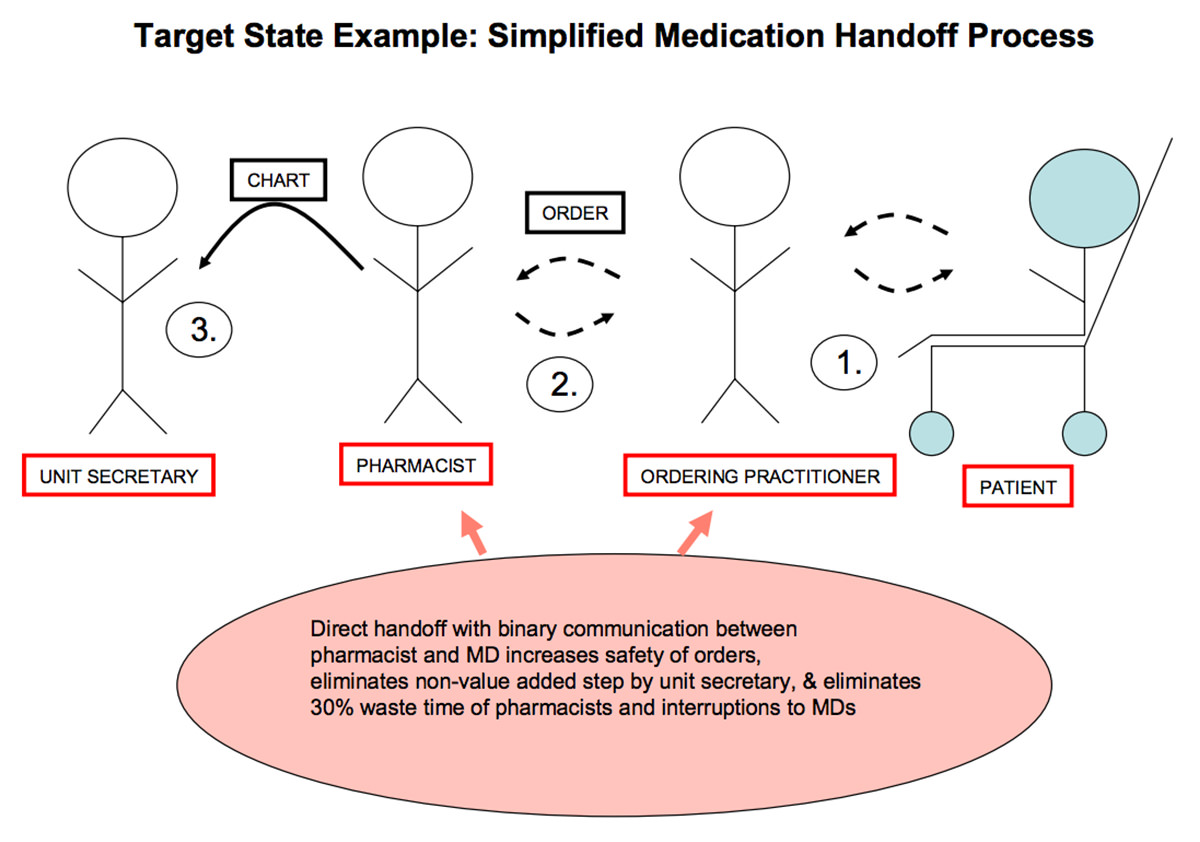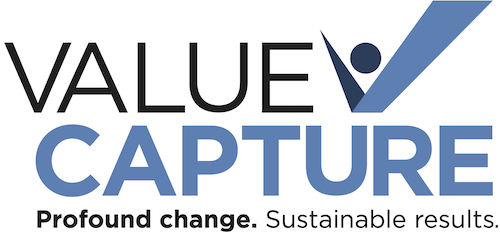Value Capture Opportunity: Service Line/Core Process Audit
Summary:
- Value Capture can perform a “Total Value Opportunity Audit” on key service lines or core processes, detailing a) the exact gap between current performance and ideal measures of quality / safety, cost, and lead-time; and b) the underlying root causes of the gaps, tied to specific system design and operation principles. Value Capture employs the analytic methods used by the world’s leading companies to transform acquired facilities and business processes.
- Typical opportunities unveiled by Total Value Opportunity audits include 30-50% reductions in non-personnel costs as a consequence of stabilizing processes to allow them to meet need perfectly and with minimum lead time.
- Leaders not only receive a detailed audit report measuring the magnitude, location and nature of the opportunity to be captured, but also directly observe the performance of the system with Value Capture in a ½ day report to deepen their understanding of the findings and the strategy necessary to capture the value.
- For leaders who seek to transform the performance of their hospitals via the creation of great processes instead of reductions in force, Value Capture is the leading firm in the world at helping leaders deliver dramatically improved quality and safety results while saving millions of hard dollars for the institution.

Description of Total Value Opportunity Audit Contents
Analytic measures included in a Total Value Opportunity Audit include:
- Exact quantification of patient need that the core process or service line must deliver against
- Measures of the system’s ability to meet those needs as measured in current quality, safety, cost and lead-time information
- Measures of the spread between resources actually consumed by patients and resources purchased by the institution (a prime source of hard-dollar savings and clues about how the processes can be better linked to actual patient need)
- Assessment of variability within specific work processes and their impact on quality/safety, cost and lead-time
- Assessments of the overall complexity of the service and opportunities to simplify the design and to deliver additional goods and services over the same process “pathway”
- Assessments of the current ability of the people doing the work in the service or process to effectively solve problems in order to keep the process stable, producing highest quality results at the lowest possible cost
- Assessment of how level the work flow is, with correlating impacts of surges in demand on lead time, quality and cost
- Assessment of the degree of lead-time currently built into the system and its impact on resource waste and ability to meet patient need
- Assessment of batch sizes currently employed in the services and corresponding impacts on efficiency and ability to meet patient need
A Picture of Where the Value Lies
Good “total value opportunity” studies are powerful because they supplement detailed analytic measures with detailed observed pictures of current processes and the system vulnerabilities that cause them to produce less than ideal results. They then diagram and describe the changes in the processes that could allow the system to perform at an ideal level in quality, safety, cost and time to meet customer need. Of course, these maps only create a guide for executives to lead change. Successful implementation requires leaders to deeply involve all of the people who “do the work” and their interim layers of management in envisioning the ideal state and changing their work to realize it together.
To give you a simplified sense of the current state and target state diagrams, here are simplified process diagrams showing a) parts of a typical hospital medication process with two major process problems identified; b) a far simpler, safer and more efficient “target condition” imagined and implemented by staff at the same institution.
Current State Example: Medication Order Handoffs

Target State Example: Simplified Medication Handoff Process

Financial Benefit Modeling
A careful analysis of costs associated with the current and target state allows the creation of a realistic estimate of the financial value opportunity to be realized through increased efficiency and increases in service volume made possible by process simplification, problem elimination and reductions in lead time.
Total Value Opportunity Audit Process
- Hospital CEO selects service line or core process to audit. (Value Capture recommends selecting both a perceived “high performing” and “low performing” service line because frequently common strategies emerge that can be leveraged by the CEO to drive performance increases across the entire institution.)
- Meeting with CEO, then with CEO and leaders with authority over the service line to set the purpose, scope, professional safety, and specific activities required for the audit.
- 4-6 weeks of information gathering and observation regarding the current state and potential target state for each chosen service or core process. Note: ideally this activity is conducted with the hospital CEO and top leaders (through discrete weekly sessions) so that Value Capture is immediately transferring its strategic framework and transformation capabilities to the hospital leadership team. When senior leaders participate, the timeline typically extends to 6-8 weeks because of the sequential instruction involved, but senior leader participation in this phase speeds the implementation timeline considerably. Leaders not seeking this immediate capability transfer can receive Value Capture’s preliminary analysis and then participate in the report out session (below).
- ½ day report out session to CEO involving direct observations of the process and the detailed opportunity as significant enrichments to a discussion of findings.
- CEO decision of whether to involve Value Capture during an implementation phase to capture the value in this service line or process. If assistance is sought, the potential structuring of a shared-risk payment model with Value Capture for implementation, as well as a plan to ensure that senior leaders are engaged in the implementation process, in order to develop the ability to replicate across the institution dramatic improvements in cost reduction as a consequence of learning to meet patient need perfectly with the shortest possible lead time.

